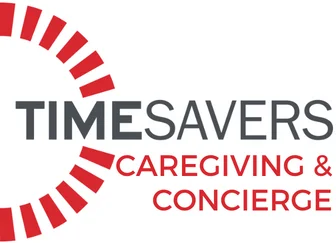Transitioning a loved one to a senior living facility is an emotional and often overwhelming process for both the senior and their family. It represents a significant life change that can be accompanied by uncertainty, anxiety, and logistical challenges. While assisted living and skilled nursing facilities offer structured care, the role of a dedicated caregiver during this transition cannot be overstated. Having a trusted caregiver throughout this period provides continuity, emotional support, and ensures the senior’s needs are met with compassion and familiarity.
The Challenges of Transitioning to a Facility
Moving into a senior living facility involves major adjustments. Seniors must adapt to a new environment, unfamiliar routines, and different caregivers. This transition can be stressful, leading to feelings of loneliness, confusion, or even depression. Families, too, may struggle with feelings of guilt, uncertainty, and concern for their loved ones’ well-being.
Physically, the transition may also take a toll. Changes in surroundings and daily routines can contribute to falls, medication mismanagement, and nutritional concerns. Having an established caregiver throughout this transition can help alleviate these risks while ensuring the senior receives the personal attention they need.
The Role of a Caregiver During the Transition
A professional caregiver plays an essential role in making the transition as smooth and comfortable as possible. Their responsibilities may include:
- Providing Emotional Support – A familiar caregiver can offer reassurance and companionship during an uncertain time. They can help ease anxiety and provide a sense of stability in an unfamiliar setting.
- Assisting with Daily Activities – While facility staff provide care, they may not always have the capacity to offer one-on-one attention. A dedicated caregiver ensures the senior receives personalized care, including assistance with bathing, dressing, eating, and mobility.
- Ensuring Medication Management – Caregivers help seniors stick to their medication schedules, reducing the risk of missed doses or confusion during the transition.
- Advocating for the Senior’s Needs – In a new environment, seniors may struggle to communicate their preferences and needs. A caregiver who knows their routines, likes, and dislikes can act as an advocate, helping to establish a comfortable new normal.
- Easing the Burden on Family Members – The transition process can be emotionally and physically exhausting for family caregivers. Having a professional caregiver in place allows family members to focus on providing emotional support rather than managing every aspect of their loved one’s care.
Maintaining Continuity of Care
Even after a senior has settled into their new residence, having a caregiver visit regularly can significantly improve their well-being. This ongoing presence fosters consistency and trust, ensuring the senior continues to feel supported and cared for.
Caregivers can also assist in making sure the senior remains engaged in social activities, maintains proper hygiene and nutrition, and continues to enjoy a fulfilling quality of life. In many cases, caregivers work in collaboration with facility staff to provide an additional layer of personalized care.
Conclusion
Transitioning to a senior living facility is a major life change, but it doesn’t have to be an isolating or difficult experience. A caregiver serves as a bridge, helping seniors navigate this shift with comfort, confidence, and dignity. Whether it’s for a short-term adjustment period or long-term companionship, having a caregiver during this time can make all the difference in ensuring a positive transition and a continued high quality of life.

